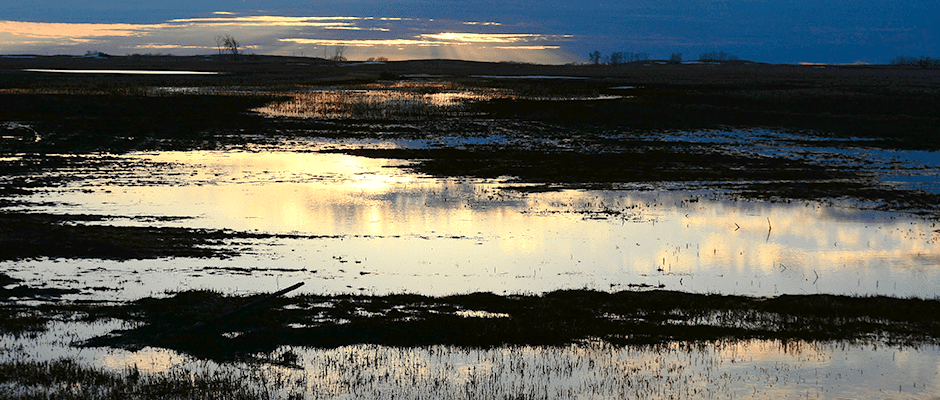Share this article
USFWS releases report on national wildlife related recreation
The U.S. Fish and Wildlife Service has released the preliminary report of the 2016 National Survey of Fishing, Hunting, and Wildlife-Associated Recreation. The survey — which has been produced every five years since 1955 — is designed to collect and report information on wildlife related recreation activities participated in by individuals 16 and older. In the time since this survey began, it has become one of the most important sources of information on fish and wildlife recreation in the United States.
The report found that 101.6 million Americans over the age of 16, or 40 percent of the U.S. population, engaged in some form of fishing, hunting, or wildlife-associated recreation. These individuals spent about $156.3 billion, or 1 percent of the U.S. Gross Domestic Product, on expenditures related to these activities.
The most noticeable increase in activity appears to be the number of Americans partaking in wildlife watching. Over 86 million people age 16 and older participated in wildlife watching in some form including feeding, photographing, or observing wildlife in 2016, spending $75.9 billion on related expenditures. Wildlife watching is defined as participants who took a “special interest” in wildlife around their homes or taking a trip for the “primary purpose” of wildlife watching, therefore incidentally observing wildlife while doing other activities like gardening were not included. At least 23.7 million people took trips away from their home — those who travelled a mile or more — for wildlife watching and 81.1 million participated around their home. Compared to the 2011 numbers, there was an 18 percent increase in the number who participated around the home and a five percent increase (not statistically significant) in those who travelled.
Unlike wildlife watching, the number of people who participated in hunting in 2016, as compared to the number who participated in 2011, fell 16 percent (not statistically significant). Nearly 11.5 million people, or 5% of the U.S. population 16 years old and older, went hunting in 2016. Hunters spent $25.6 billion on trips, equipment, licenses, and other items for their hunting activities. Big game hunting for species like elk, deer, and wild turkey, attracted 9.2 million hunters. Over 3.5 million people were attracted by small game hunting including squirrels, rabbits, quails, and pheasants. Hunters that pursued migratory birds, such as geese, ducks, and doves numbered 2.4 million, while 1.3 million hunters hunted for “other animals” including coyotes, groundhogs, and raccoons.
Shortly after the release of this report, U.S. Secretary of the Interior Ryan Zinke signed Secretarial Order 3356. This order aims to expand access on public and private lands to hunting, fishing, and other outdoor recreation activities for all Americans. The order puts a renewed focus on recruiting and maintaining new sportsmen and conservationists, particularly youths, veterans, minorities, and other communities that traditionally have a low participation in outdoor recreation activities.
To learn more about the money raised for wildlife conservation and restoration from firearms, ammunition, and archery equipment read TWS’ Policy Brief on Federal Aid in Wildlife Restoration Act / Pittman – Robertson Act.
Header Image: ©Rick Bohn/USFWS








